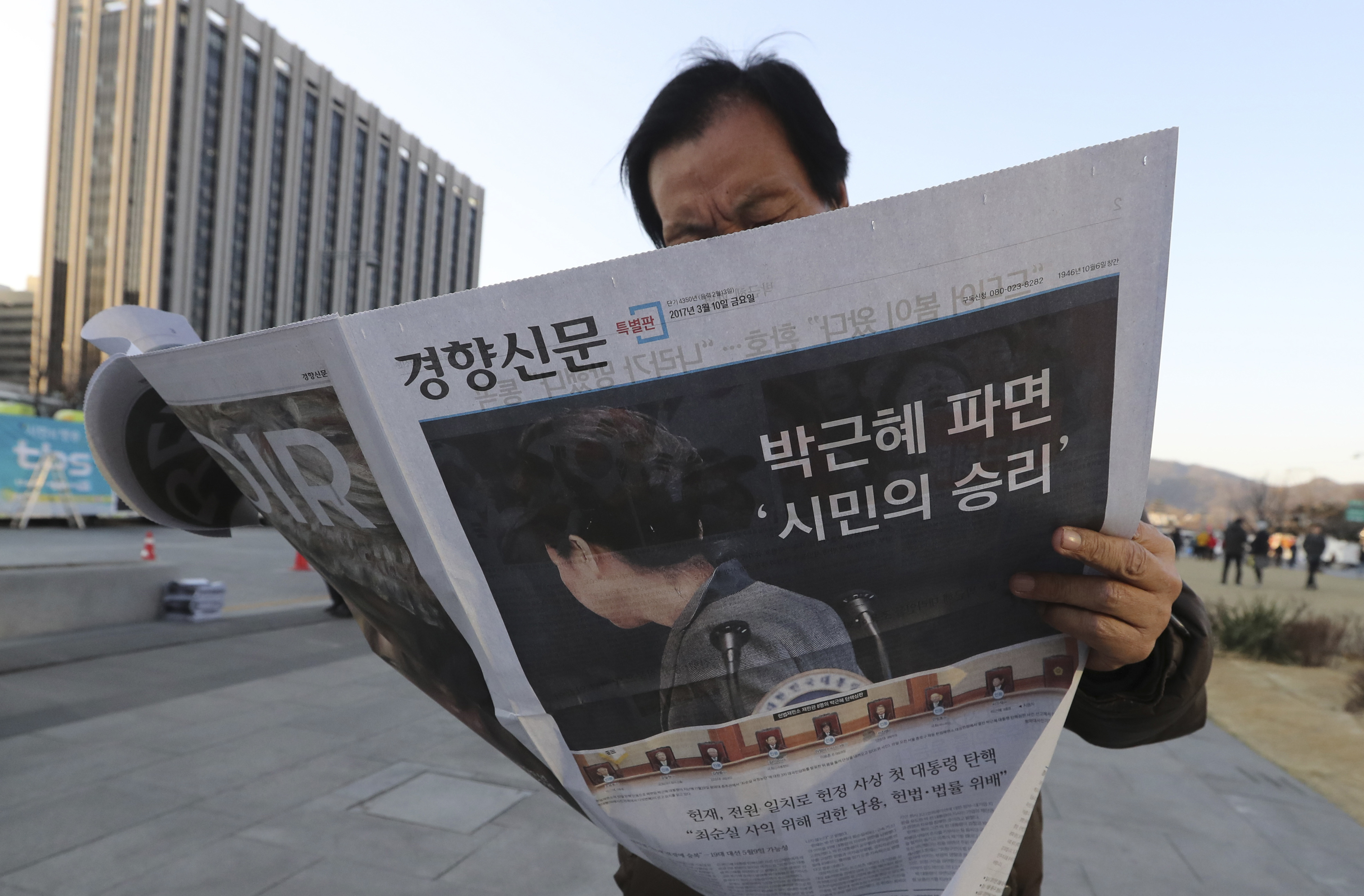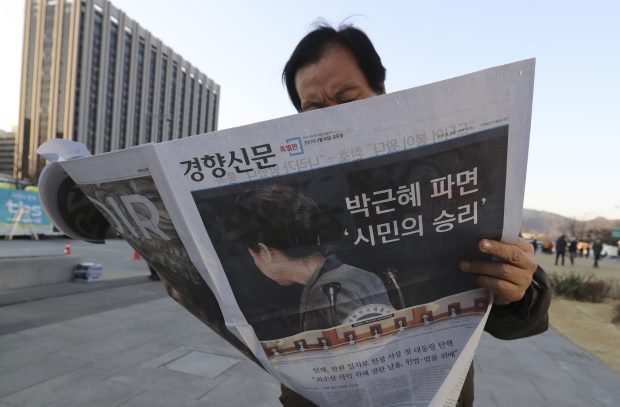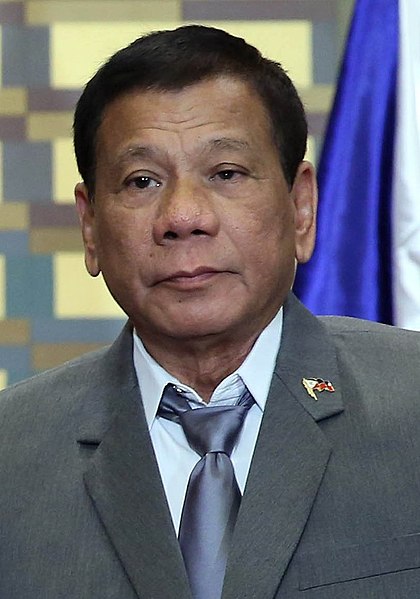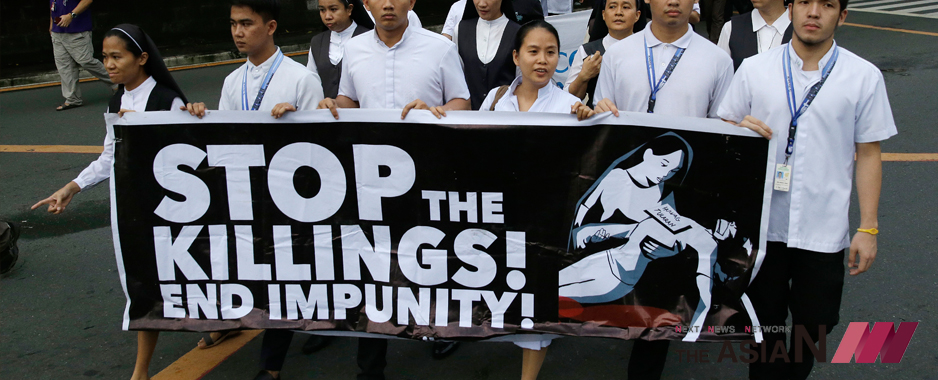
The process of impeachment in Philippines and Indonesia

The Constitutional Court upheld the impeachment of President Park Geun-hye last Friday, removing her from office after a 92-day leadership crisis, triggering a presidential election in the weeks to come. However, another case of impeachment has occurred: President Rodrigo Duterte in the Philippines.
The first impeachment complaint against President Rodrigo Duterte was filed on Thursday, just eight months after he assumed the presidency. The President can be impeached on the following grounds: culpable violation of the Constitution, betrayal of public trust, graft and corruption, and engaging in bribery and other high crimes.
Article 11, Sec. 2 of the 1987 Constitution says the President and other government officials “May be removed from office on impeachment for, and conviction of, culpable violation of the Constitution, treason, bribery, graft and corruption, other high crimes, or betrayal of public trust.” According to the Constitution, a vote of at least one-third of the members of the House of Representatives, or less than 100 out of the 293 incumbent congressmen, can start an impeachment trial in the Senate.
Magdalo party-list Representative Gary Alejano declared that the President in his public pronouncements “ordered, instigated, and/or induced” the policemen to kill suspected drug users and even offered cops promotion or pardon in case they are convicted due to extrajudicial killings. “More than 2,500 drugs suspects were killed in police operations in the country’s anti-drug campaign. Human rights groups have alleged that the number of deaths has reached 7,000” CNN reports. According to The New York Times, the last impeachment of a Philippine leader was in 2000, when then President Joseph Estrada was accused of corruption and violating the Constitution. His impeachment trial stalled in January 2001, triggering mass protests that forced Mr. Estrada out of office after serving just two and half years of his six-year term. Mr. Estrada was eventually convicted of corruption charges and later pardoned. Other public officials that have been impeached are Ombudsman of the Philippines Merceditas Gutierrez who resigned in 2011 and Chief Justice of the Supreme Court of the Philippines Renato Corona who was removed and disqualified in 2012.
Another case that deserves attention is Indonesia. This country, located near the Philippines is worth mentioning especially because it is part of the emerging economies group with Mexico, Nigeria, and Turkey. The impeachment mechanism in Indonesia consists of the political process and judicial one. Hence, the impeachment process shall pass through three state institutions: the House of Representatives (DPR), the Constitutional Court (MKRI), and the People Consultative Assembly (MPR). In 2001, the nation’s first democratically elected President Abdurrahman Wahid became the first to be impeached over corruption allegations, and the Vice-President, Megawati Sukarnoputri, became the first woman to take over. BBC reported that the Indonesian Parliament voted overwhelmingly in favor of the censure motion with 363 votes for it, 52 against and 42 abstentions. He has consistently denied financial wrongdoings in the two scandals that parliament has been investigating. One of the scandals, dubbed Bulogate, involves the president’s personal masseur who allegedly fled with $4m from the national food agency, Bulog. The other scandal, “Bruneigate”, involves an alleged $2m donation from the Sultan of Brunei.
What do have these Asian nations in common? South Korea, Philippines, and Indonesia are young democracies. Each needs a process of transition in which people come to acquire the real meaning of democracy.
Alessandra Bonanomi – The AsiaN








